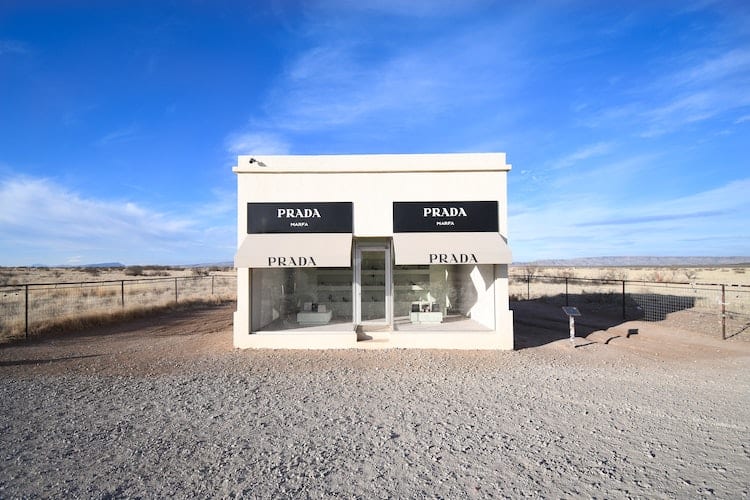How Luxury Items Have Fared in the Coronavirus Economy

Although some economic recovery is starting, the coronavirus threw most Americans into financial turmoil. Brick and mortar stores, in particular, have been hit hard, as people have been unable to physically shop for months.
While current concerns are obviously with small businesses and lower-income families, the luxury goods industry has been thrown into turmoil too. Nobody will shed a tear for brands like Louis Vuitton and Prada, but the shift to online-only shopping has made luxury items cheaper and more widely available for people, even at slightly lower quality.
The (Potential) Death Knell of Luxury Goods
In March, the prices of consumer goods dropped more than they have in the last five years. As demand plummeted and some supply lines were interrupted, prices nosedived across the economy. The luxury economy has not been immune to it either.
According to McKinsey and Co., the largest consulting firm in the country, “the pandemic has certainly shaken some of the foundational aspects of the luxury industry—and some of these changes could be permanent.” Fashion and trade shows have been disrupted and travel, which usually leads to a large portion of luxury spending, has been largely suspended.
One of the largest disruptions that the McKinsey study identified came from shutdowns in Italy, where 40 percent of the world’s luxury goods are manufactured.
Moreover, many luxury retailers are not fully online optimized and lose serious business in online-only competition. Coupled with stalled manufacturing and limited supply, luxury retailers are struggling to keep up.
Some Luxury Alternatives
Part of what diminishes luxury industries is significantly cheaper alternatives that don’t represent a massive drop in quality. Certain things, like high-end cars, are hard to replicate, but household items and clothing are made en-masse for low prices. Calling something “knock off” was once derogatory, but now shopping around is the smart, frugal move.
For instance, one Long Island-based puzzle company is selling hand-made jigsaws for as much as $4,500 (!!), but any consumer can find beautiful, detailed puzzles online for one percent of that.
Even designer goods like sunglasses, handbags, and clothes can be found on Amazon discounted. For instance, why buy a $2,400 handbag from Nieman Marcus online when you can find something comparable for $60? There’s also the emergence of marketplaces like Etsy, where anyone can make and sell jewelry, threatening brands like Tiffany and Co. that thrive on $5,000 bracelets.
Without the in-person experience of buying designer goods, many people prefer to find high-quality, lower-priced alternatives.
The Bottom Line
This isn’t the end of the luxury goods industry, nor the end of brands like Hermes, Gucci, and Rolex. However, the last few months have shown that this industry is not immune to disruption, and is facing serious challenges. If luxury brands are unable to pivot toward a stronger online presence and revamp supply chains, smaller, more nimble, less expensive designers may win out in the long run.









